Ta Brant has created a video illustrating the success of the PA Wilds project. For those who remember, Fermata had a critical role in developing this conservation tourism project in north central Pennsylvania. The project began with the elk viewing strategy that Fermata developed for PA DCNR during the Ridge administration, then expanded to the PA Wilds and four additional Conservation Landscape Initiatives (CLIs) in the Rendell administration. Many of the ideas that you see in the video began with us. Enjoy.
All posts by tedleeeubanks
Union County, Tennessee
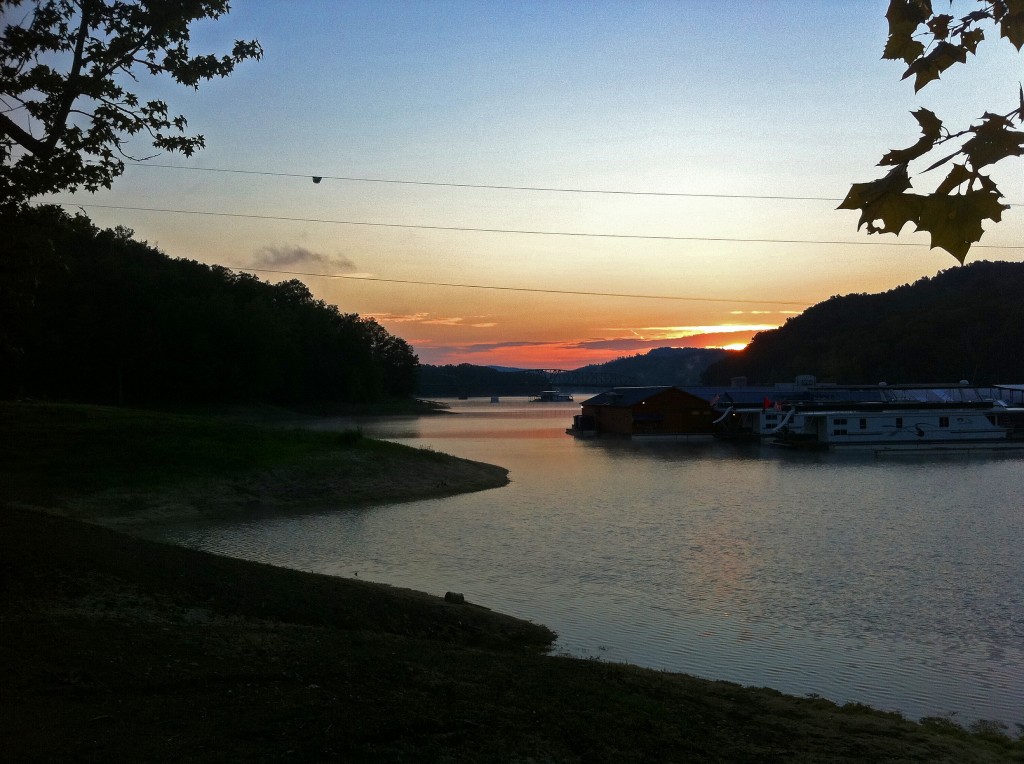
Conservation Fund has developed a fascinating program that Fermata has been involved with for many years now. Their Green Infrastructure initiative works with communities around the nation to help with sustainable development and design. Fermata often covers the sustainable recreation and tourism sector, and that is the reason that I am here today.
I can’t tell you how many rural communities I have visited and worked in or around. I suppose that the number is in the thousands. Each has a unique personality, yet they all face a similar set of challenges. Most are unsustainable. Whatever the original impetus behind their founding, that initial shove played out. Many are agriculture based, and industrial farming has eliminated the need for local suppliers of feed, seed, fertilizer, etc. Others were mill towns, and most timber has become a whole log export business. Fishing, mining, and traditional manufacturing have all gone through dramatic evolution and change. Small communities have been victimized by the changes.
Kids know this. As soon as they graduate from high school, they hop the bus to the nearest city that provides employment opportunities. In a real sense, rural communities, through out migration, are exporting their futures. Two strikes and many are close to striking out.
I understand the global and national forces that are shaping this change. I respect the powers of glocal economic trends. But I am still convinced that rural America is a valuable, irreplacable thread in the American tapestry. Sustainable rural living tells us far more about the potential future of our nation than the failures of our past.
Union County is facing the traditional challenges of an American rural county. Most of the jobs in the county are in Knoxville, and therefore most of the residents are commuters. The most significant native industry is tourism, most related to recreation on Norris Lake. Norris Lake is one of the original TVA (Tennessee Valley Authority) reservoirs developed in the 1930s. The TVA developed a number of parks and wildlife areas around the lake, and they now offer a variety of outdoor recreation opportunties.
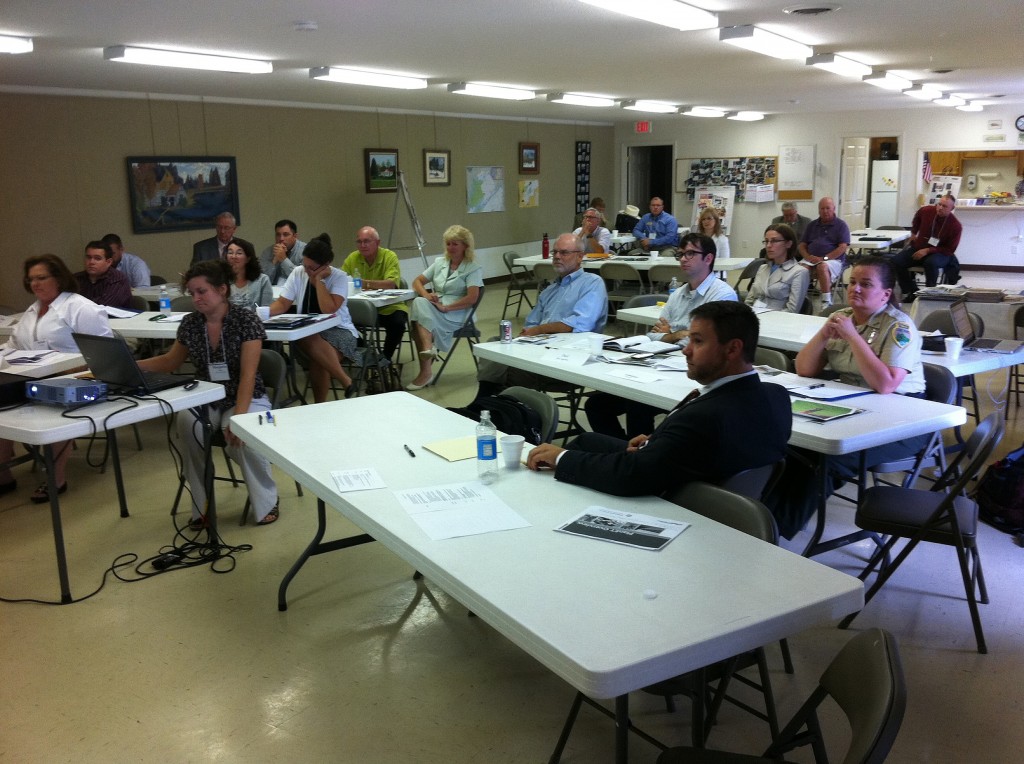
I am posting a link to my presentation here for all to use. I am also providing a link to a wonderful paper about green infrastructure and stormwater management. More importantly, the paper addresses a fascinating component of green infrastructure – the philosophy of water.
Ted Eubanks
Sharps Chapel, Tennessee
The Shoal Creek Trail and Pease Park, Austin, Texas
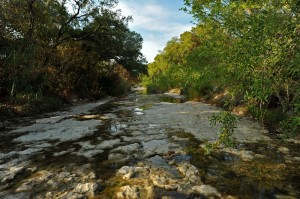
Like many of you, we are concerned about our place on the planet. Shoal Creek, like so many that we have worked around over the years, is scarred from a history of disinterest and misuse. Our creek flows too little at times, the result of development impinging on the aquifer and springs. At other times the creek flows too much, as rainwater from surrounding neighborhoods rushes to the Colorado River rather than settling slowly into the soil. Our creek is polluted in places, with E.coli counts that spike due to animal waste from pets. In places garbage litters the bank.
Nothing about this differs much from most of America’s urban waterways. The creek’s ills are sins of omission, not commission. Water still runs in a creek bed that has somehow escaped the alterations and improvements that reduce a native waterway to a pipe. Shoal Creek still lives within its banks, waiting for the right moment to spring.
The resurrection of Shoal Creek is our commitment, and to that end we have begun to work with a variety of interests in Austin to advocate for the creek. One important beginning has been our relationship with the Pease Park Conservancy, an Austin organization that is focusing on the restoration of one of Shoal Creek’s iconic parks.
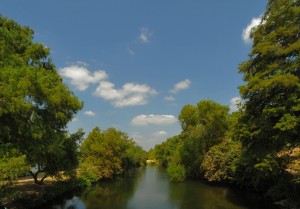
To see the content of the SmartTrails, go to this webpage. There we have included a widget feed of two of our SmartTrails: the Indiana Beyond the Beach Discovery Trail, and the Austin, Texas: Shoal Creek and Pease Park SmartTrail.
We care about every place we have worked, all 50 states and a jumble of foreign countries. All matter. But Shoal Creek is home, our place. The time has come for us to help our place as well as the places of others. The time has come for Shoal Creek.
The following a gallery of Shoal Creek and Pease Park photos by Ted. Click here for a slide show of the complete gallery.
SCSCB Conference in the Bahamas
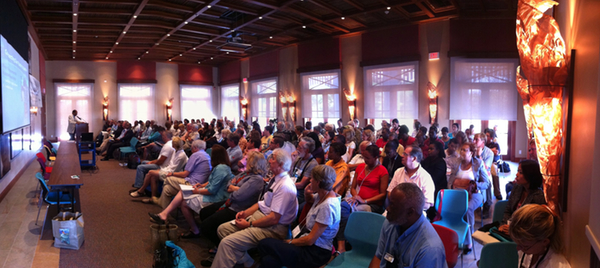
The Society for the Study and Conservation of Caribbean Birds (SCSCB) conference in Freeport, Bahamas is underway. Ted presented in the opening session, providing information about the new Caribbean Birding Trail. The conference continues through the 25th. On Sunday (the 24th) Ted will conduct a workshop on the CBT for the partners and supporters.
New Web Widget for SmartTrails
Barz Media, the force behind the smartphone app that we use, has added a new enhancement. We are now able to feed the application to the web. In other words, you can now access all of the SmartTrail information, including audio and Google maps, on our website. Check out the Beyond the Beach Discovery Trail here.